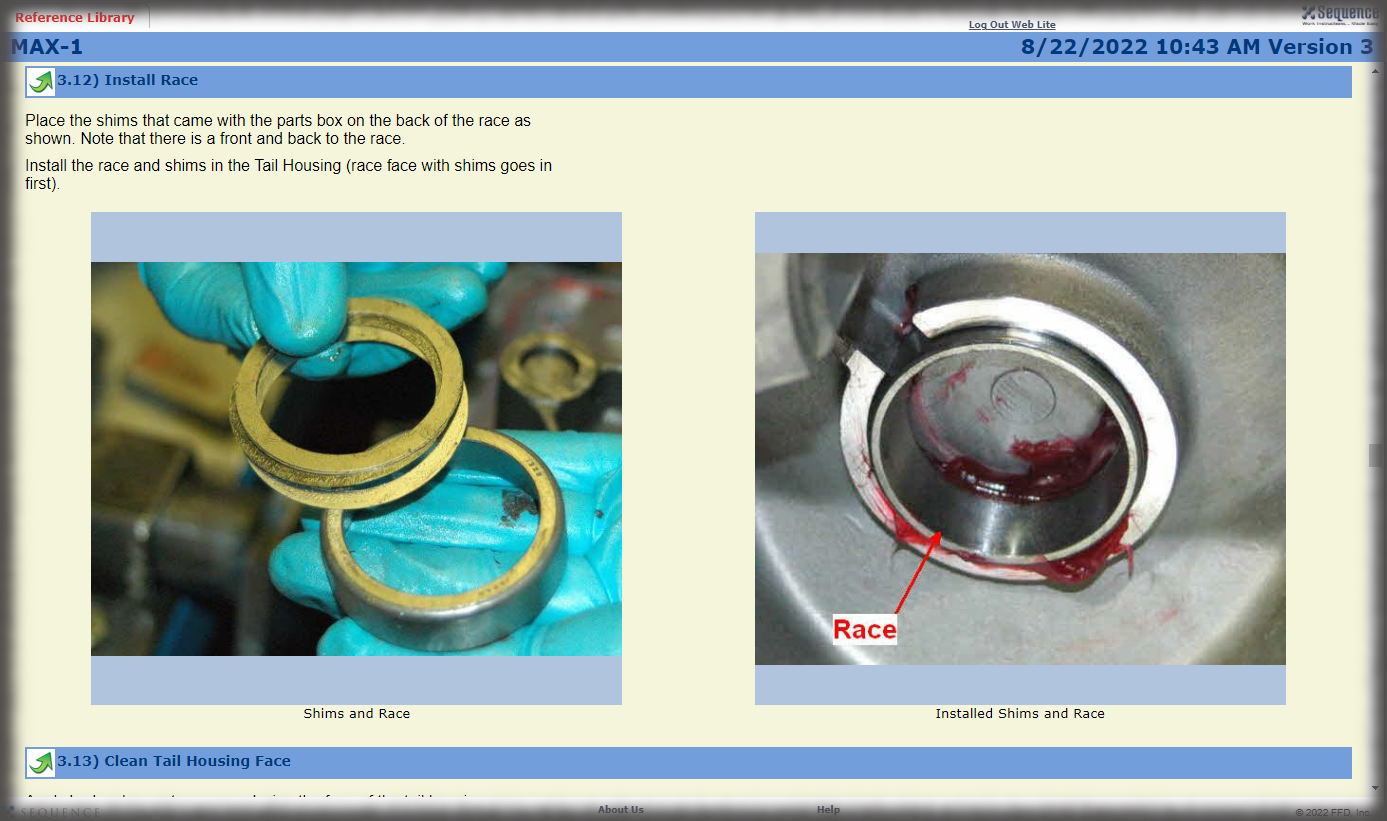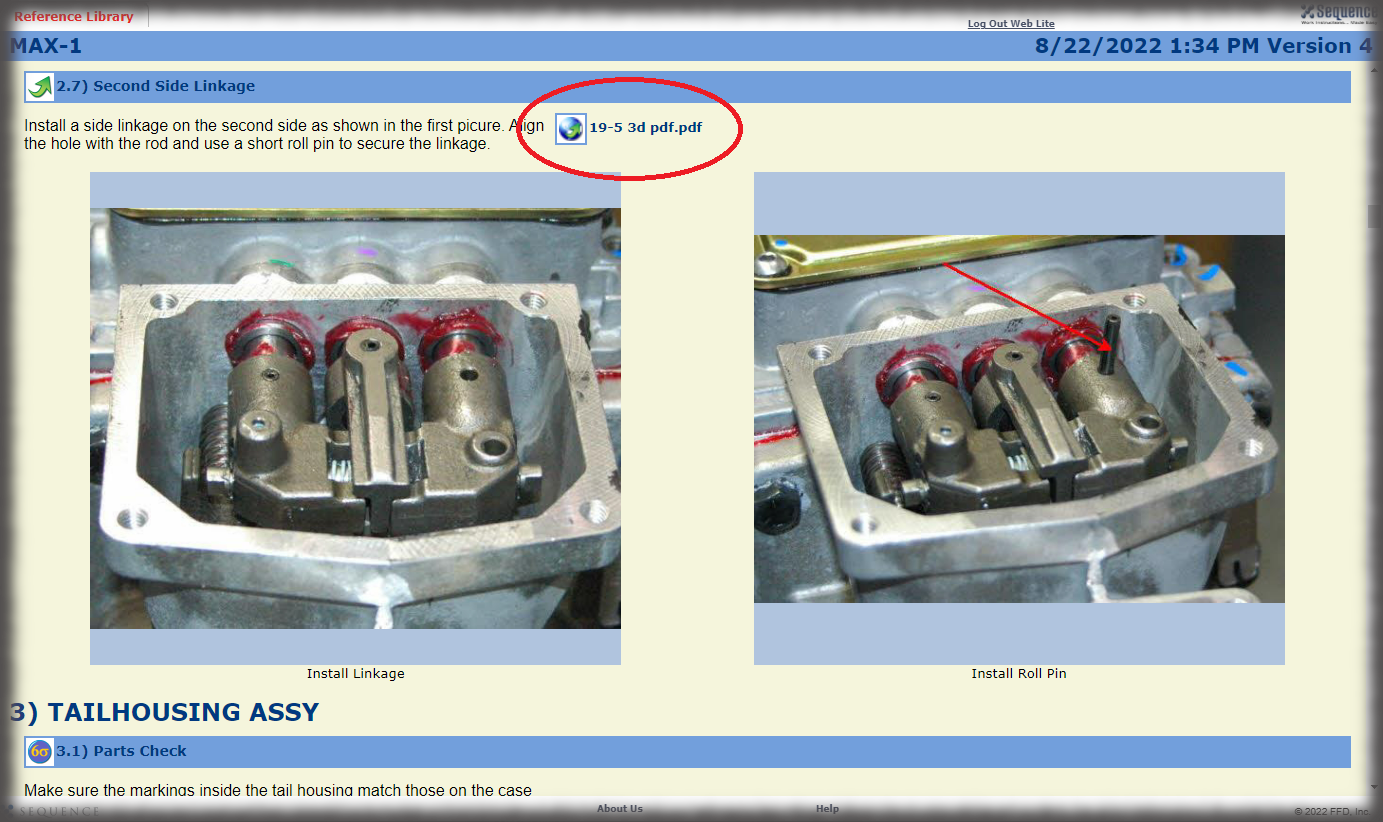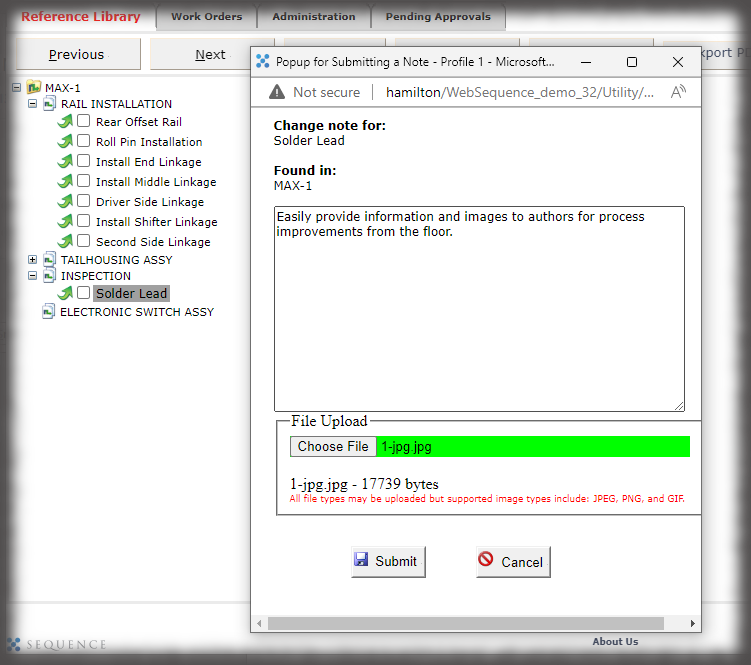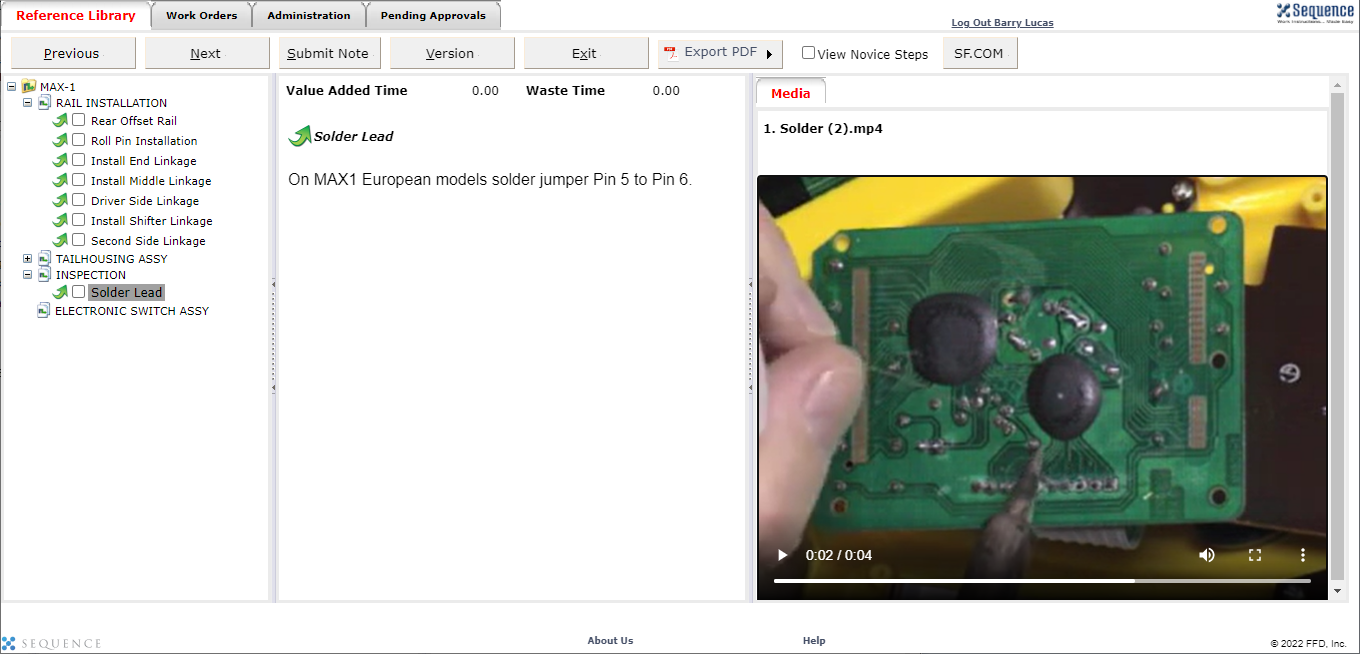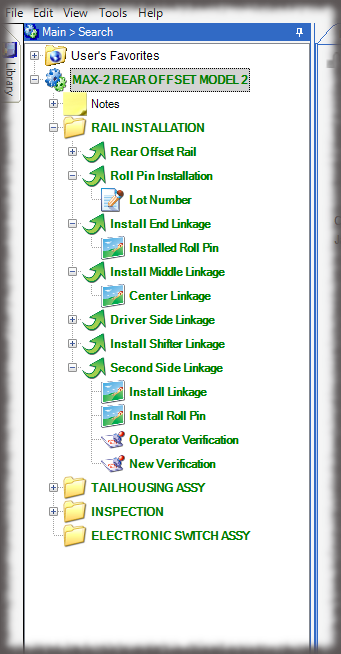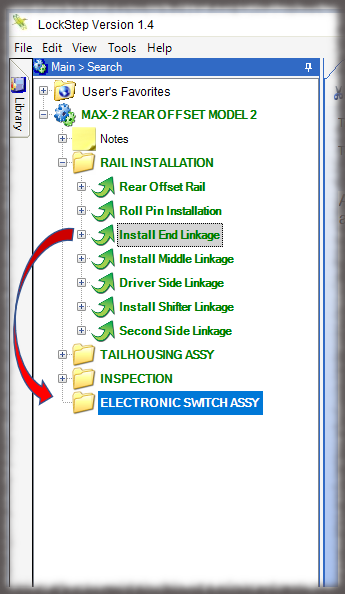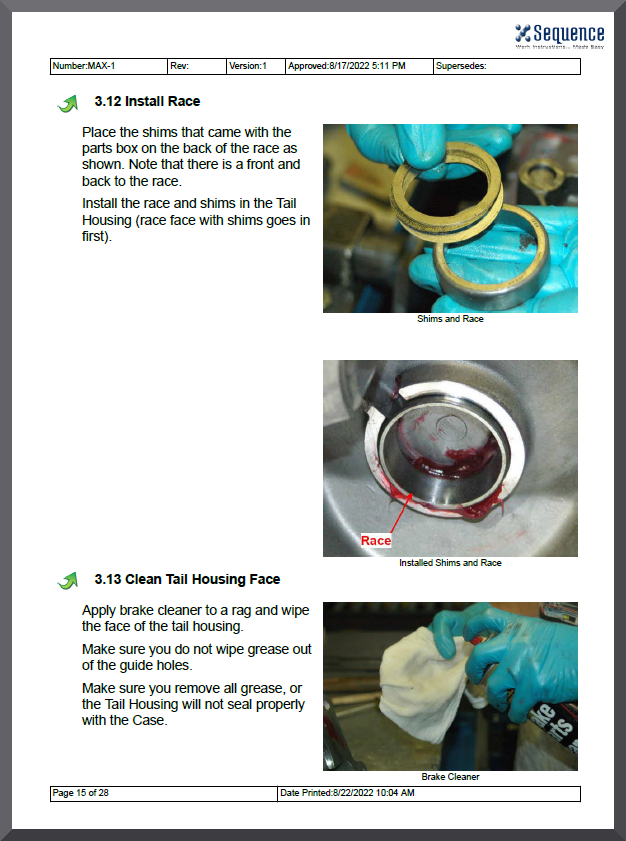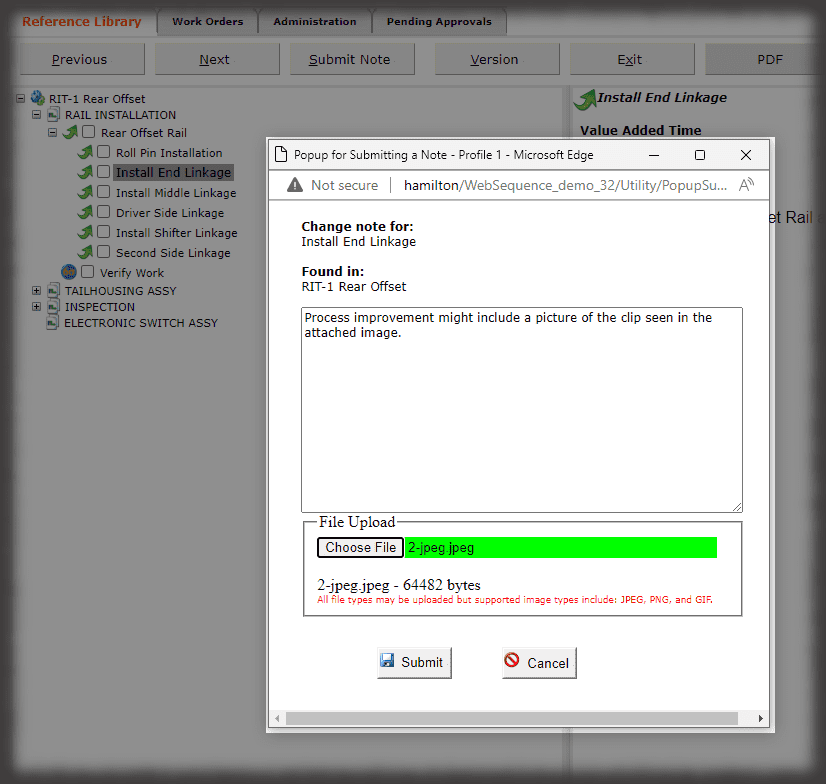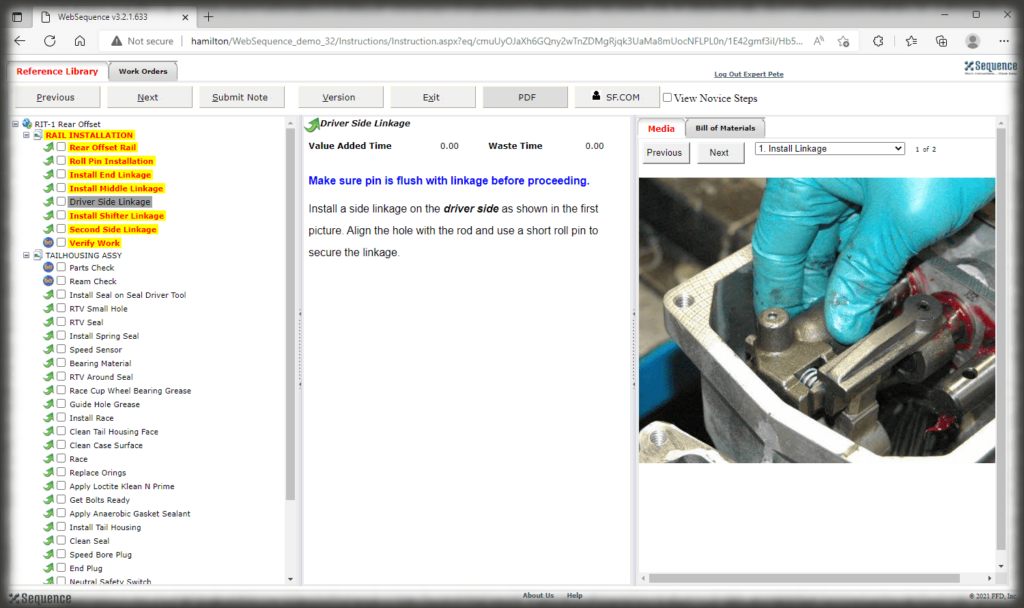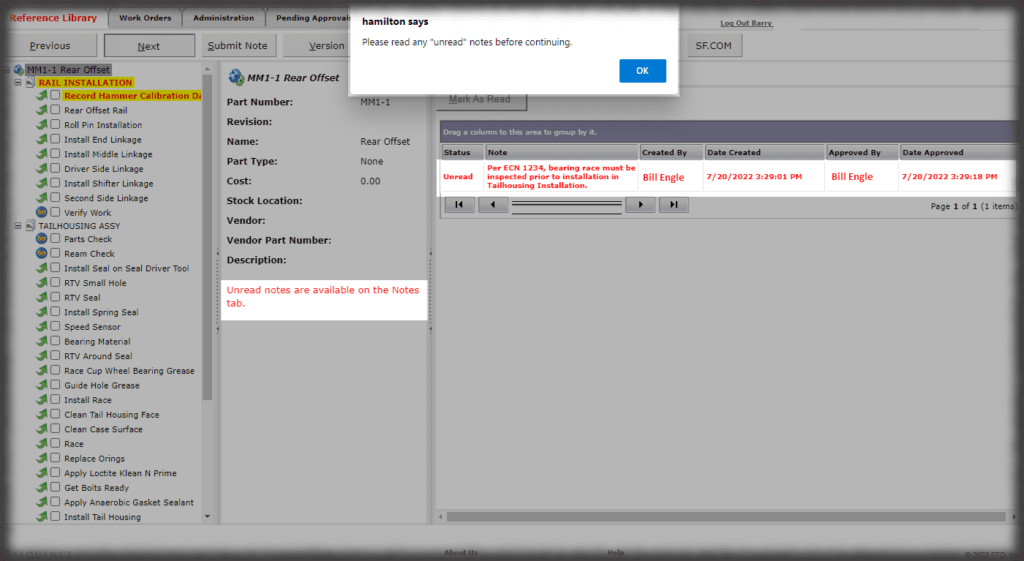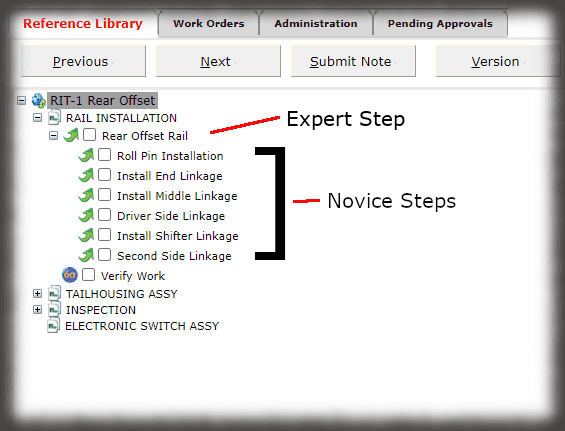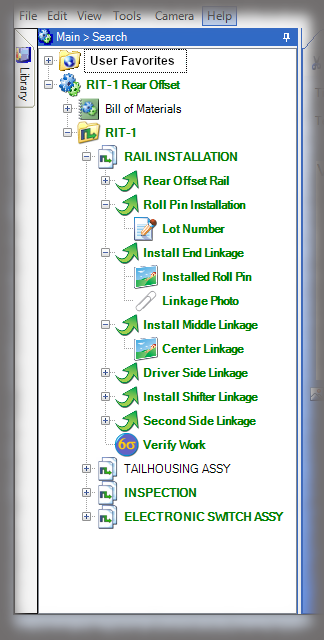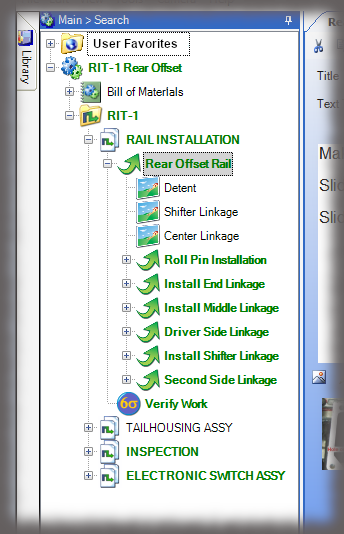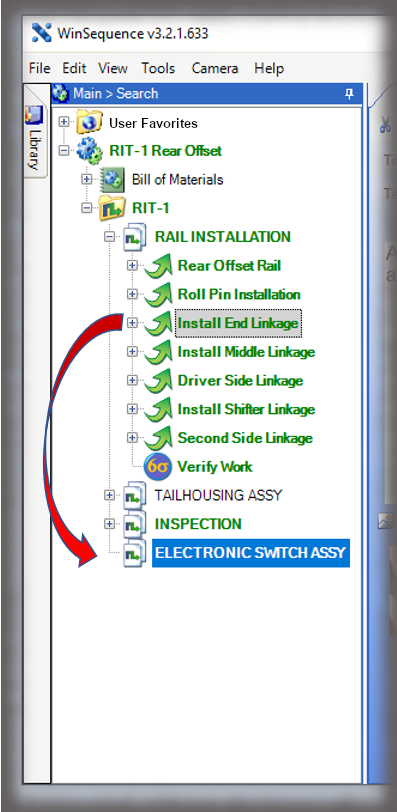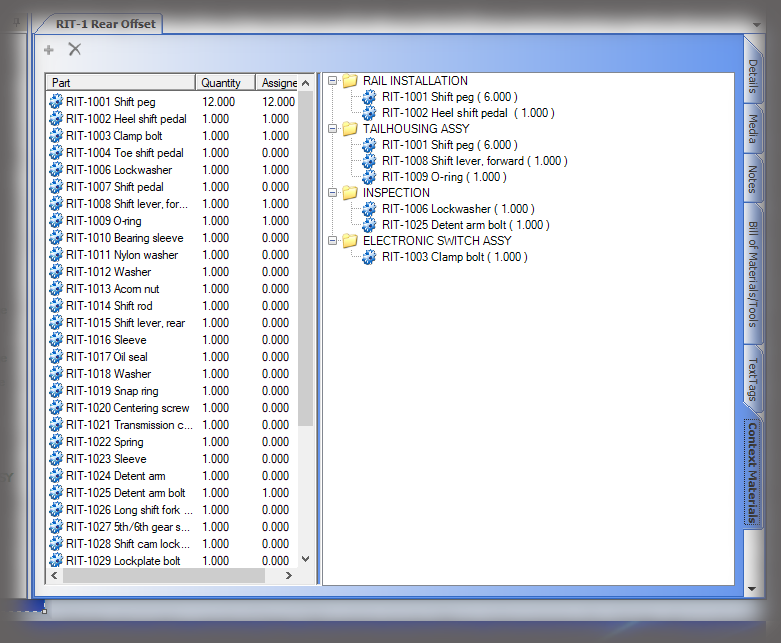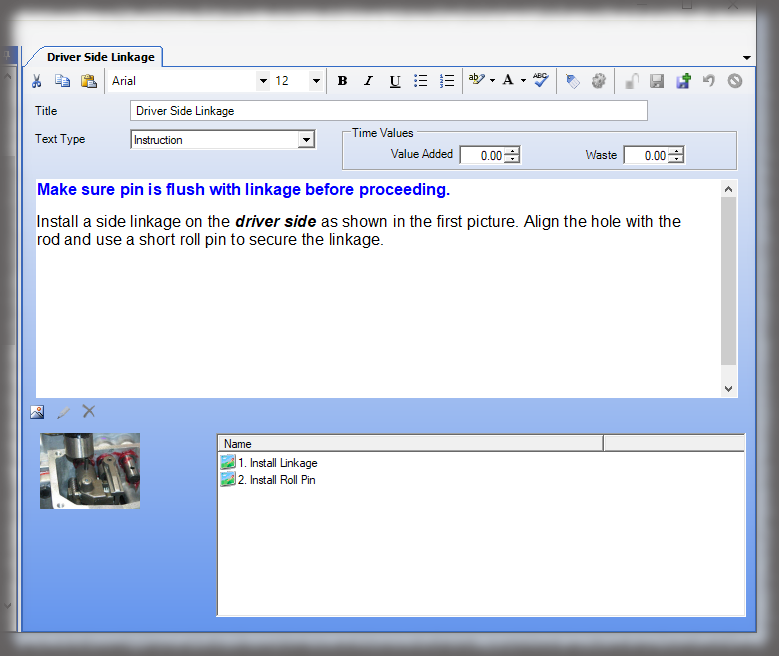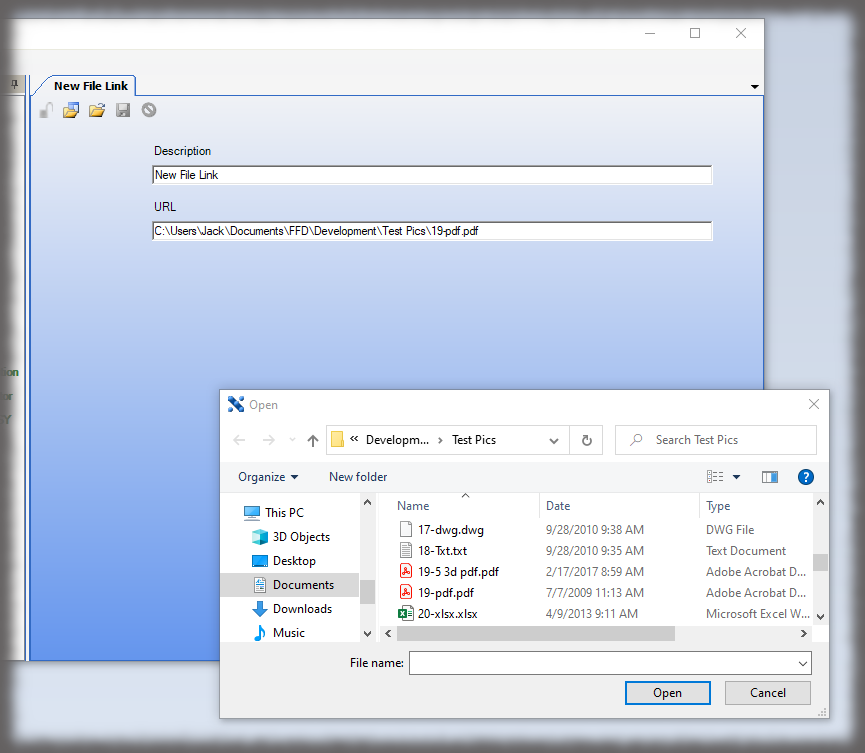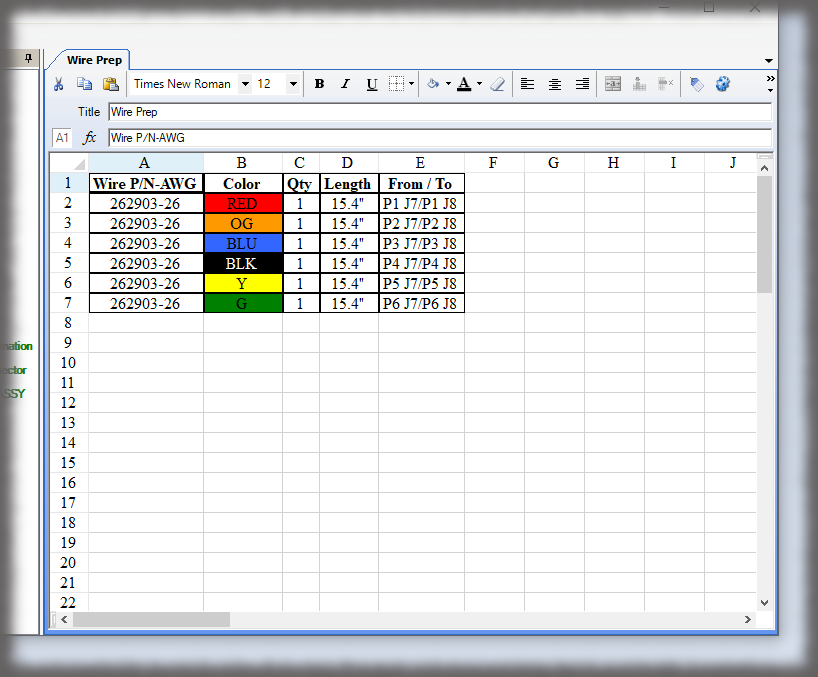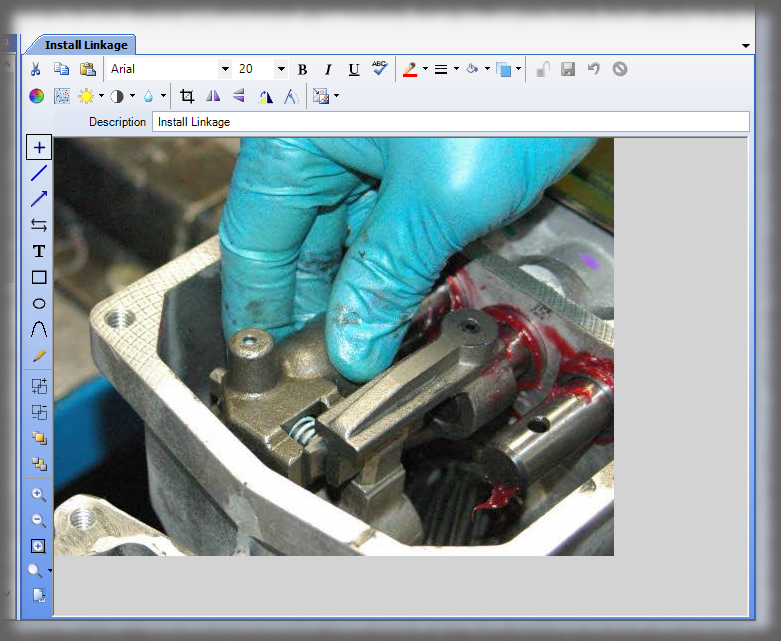Training within industry or TWI is quickly becoming a buzz word across a variety of industries, including manufacturing, but the concept itself is not new. TWI was developed during World War II to enable US companies to hire and train new workers to replace those who had gone to war. Today, TWI is a methodology that quickly and consistently trains new workers and is a component of a lean and continuous approach.
But why now? What’s brought TWI back to the forefront of our minds? As baby boomers begin to retire, along with them goes their knowledge and expertise (tribal knowledge, anyone?), meaning now more than ever it’s important to ensure that workers are trained effectively but quickly.
Here’s the fun part for us: visual work instructions (VWIs) play a key role in facilitating training within the TWI framework. Keep reading to learn more.
A Breakdown of Training Within Industry
TWI programs are still widely used across industries to improve employee skills and productivity, and the common TWI programs can be customized to an organization’s specific needs.
Key Concepts of TWI
There are four key concepts when it comes to the TWI framework.
- Focus on essential skills to concentrate on teaching crucial job skills for effective performance.
- On-the-job training is necessary because learning occurs within the work environment where immediate application of knowledge can take place.
- Supervisor training equips supervisors with the skills to train and coach their own teams successfully.
- A standardized approach to your training program offers a structured and consistent methodology across different settings.
Common TWI Programs
Known as the “three Js”, the common TWI programs are job instruction (JI), job relations (JR), and job methods (JM).
- JI teaches supervisors how to explain tasks and procedures clearly and effectively to their team.
- JR helps supervisors build positive relationships with their team members and address communication issues.
- JM guides supervisors in evaluating and improving work methods for enhanced efficiency.
Benefits of TWI
Now for the part that probably matters the most – the benefits of TWI. While benefits may vary depending on the program(s) you begin and your application of the TWI framework, there are four main benefits that organizations see.
- Improved employee performance by helping workers develop job-specific skills, which leads to increased productivity and quality.
- Reduced training time and costs because the efficiency of the program minimizes training time and required resources.
- Enhanced communication and collaboration through fostering better communication between supervisors and workers, boosting teamwork.
- Increased employee engagement with a hands-on approach that promotes active learning and amplifies employee motivation.
Over time, modern adaptations of the traditional TWI programs have emerged. These adaptations incorporate current practices while also taking advantage of technological advancements – such as visual work instructions.
Role of Visual Work Instructions (VWI) in TWI
Visual work instructions facilitate training within the TWI framework by enhancing understanding and knowledge retention, improving training engagement and motivation, and reducing training time and costs overall.
Using VWI to Enhance Understanding and Knowledge Retention within TWI
Text-heavy instructions can be overwhelming and increase the chance of a worker missing something. VWIs use the power of visual learning by incorporating images, diagrams, and even videos into their instructions, breaking up information into more digestible chunks. This makes complex tasks easier to understand and remember while reducing mental load. This aligns with TWI’s emphasis on clear and concise instruction.
When workers know what they’re doing, things get done. When they understand why they’re doing it, there’s a reduction in errors and improvements in systems. When you put understanding and knowing together, it’s a winning combination.
Added bonus? VWIs can help overcome language barriers, making training accessible to a wider audience and promoting consistency in standards.
VWIs Improve Training Engagement and Motivation for Workers
Let’s face it – workforce training can be boring for both supervisors and their teams. VWIs focus on active learning by providing an interactive and engaging format for workers through elements like simulations or animations. VWIs can also be tailored to specific tasks and workflows, making the training more relevant and contextual when learning. This helps workers see the application of what they’re learning. Lastly, VWIs promote on-the-job training because they are accessible at the point of need and can foster self-directed learning, which helps grow confidence in workers.
VWIs Reduce Training Time and Costs Overall
Time means money and money means more money. VWIs can help reduce your training time and costs. With improved understanding and knowledge retention, trainees require less time to learn new skills and procedures. Additionally, visuals can provide clarity on even the most complex topics, shortening the time spent with instructors, allowing that additional time to be spent training other new workers.
One of the most important aspects of reducing costs that VWIs provide is standardization and consistency within your training. When everyone is following the same procedures, errors are reduced, and quality is consistently improved.
How VWIs Support the Three Js
Visual work instructions can also provide support for the specific Training within Industry programs.
- VWIs + Job Instruction (JI): VWIs demonstrate key steps, troubleshooting, and safety procedures in a visual manner that’s easy to understand.
- VWIs + Job Relations (JR): Visual work instructions can be used as discussion tools to clarify instructions and identify learning gaps or needed procedure updates. Some VWIs even allow for on-the-floor feedback, allowing your workers and engineers to communicate about these needs.
- VWIs + Job Methods (JM): VWIs allow for the documentation of best practices and efficient workflows, and, depending on the software used, VWIs may even have real-time version control options to keep the manufacturing floor up and running even with changes to procedures.
Best Practices when Using Visual Work Instructions and Training Within Industry
Visual work instructions offer manufacturers clarity and consistency, as well as flexibility and scalability, in their work instructions, which ultimately leads to reduced learning time, a reduction in errors and defects, and improved safety. To reap the full benefits of TWI using visual work instruction, consider the following:
- VWIs should be tailored to the needs and capabilities of the workforce.
- Pairing VWIs with hands-on training and coaching may be needed for more complex tasks.
- Your VWIs should be regularly updated and revised to reflect changes in processes, equipment, or safety regulations. Along with this, utilizing VWIs with version control options allows for documentation of updates if needed for compliance, while also making it easier to revert to past instructions if necessary.
- Incorporate interactive tools within your VWIs when possible, for enhanced learning.
When visual work instructions are effectively integrated into TWI programs, companies can achieve improved employee training and performance, reduced errors, enhanced safety and compliance, and increased overall productivity and efficiency.
Boost Manufacturing Training with Visual Work Instructions
Visual work instructions are a valuable tool for any organization looking to improve their training programs and operations overall. Through enhancing worker understanding, reducing errors, and improving safety and compliance, visual work instructions empower your workforce and optimize your manufacturing floor.
Sequence Software’s VWIs are the perfect option to integrate with your TWI programs. From free software options to enterprise solutions, we offer scalable visual work instructions for authoring and deployment. Contact us today to unlock faster learning, better quality, and improved efficiency in your manufacturing operations.


